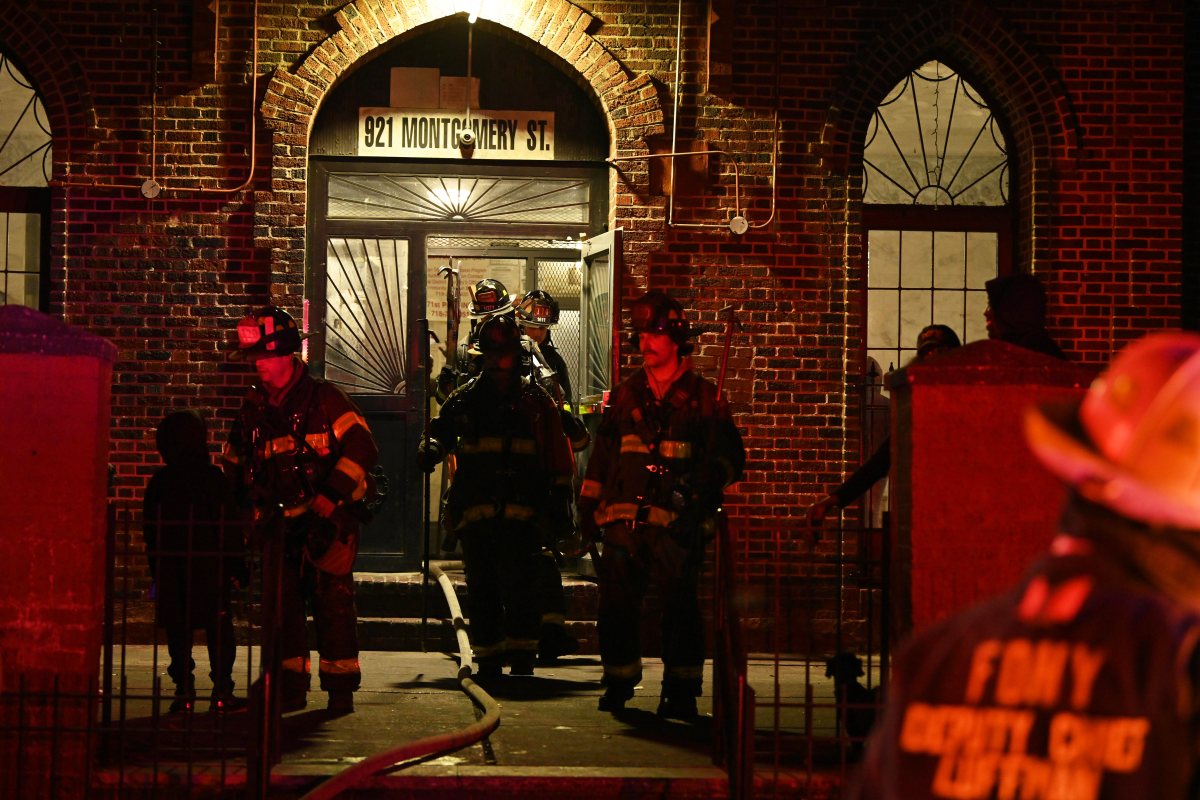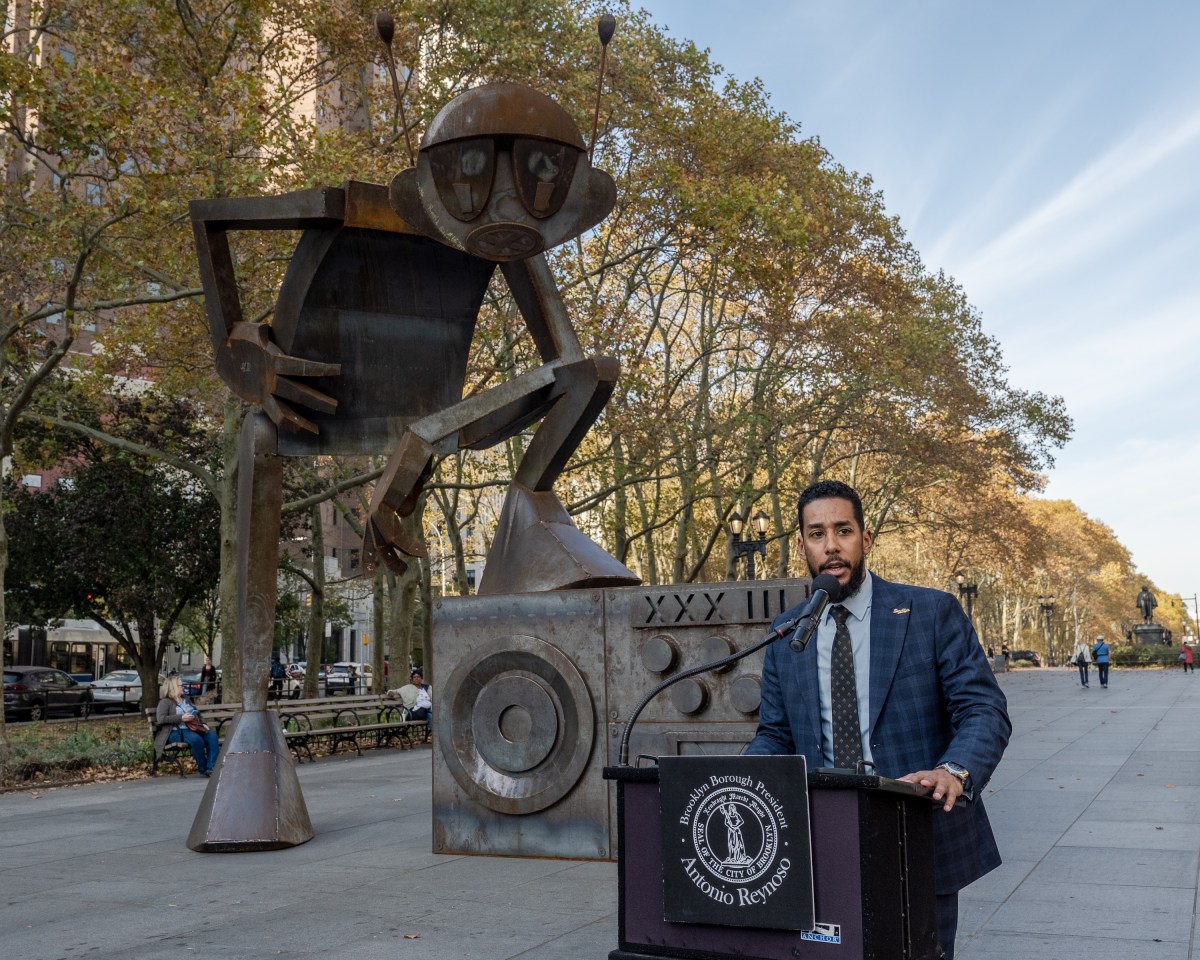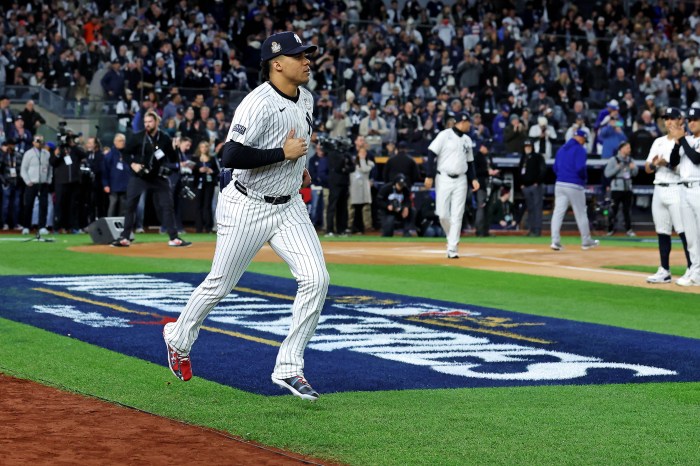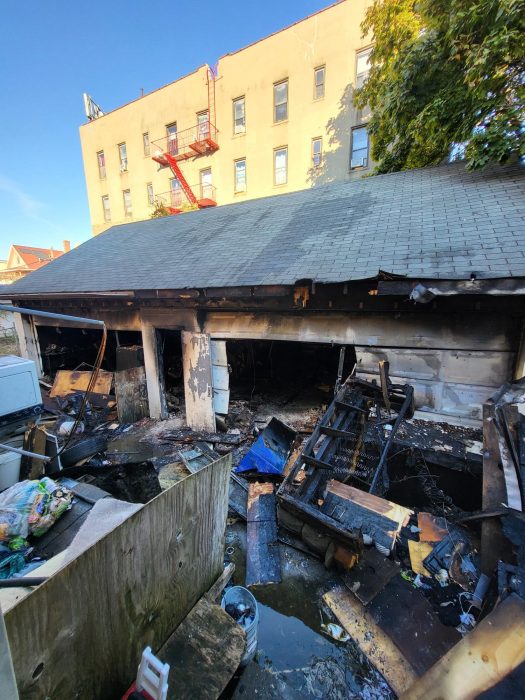
Here’s an exercise for all you baseball fans old enough to have followed the game during the 1990s: Create the dream five-man starting rotation, using anyone whose career peak came during that totally wild decade.
You have to include Greg Maddux and his four NL Cy Young Awards, of course. Randy Johnson, a five-time winner who pulled off the feat in both leagues, is a given. Since nobody cared about performance-enhancing drugs in the ’90s, you don’t have to either, so seven-time winner Roger Clemens needs a spot. There’s really no debate about those three.
But what about the other two spots in this hypothetical quintet of mound maestros? Nineties studs Tom Glavine and John Smoltz are in the Hall of Fame. Pedro Martinez is too, although he’s probably best associated with the following decade. I’m comfortable saying Curt Schilling would have a plaque in Cooperstown by now if not for his controversial, attention-grabbing politics. Kevin Brown and David Cone quietly came and left the ballot when their Hall of Fame chance came around, but both were dominant in their day.
You can do what you want, but I’m taking Mike Mussina over any of them. The man they call "Moose" will be enshrined into the Baseball Hall of Fame on Sunday, certifying his credentials as one of the greatest to ever hurl a ball 60 feet, 6 inches, and it’s about time.
But now as in his prime, Mussina won’t get nearly as much attention as he deserves. Here in New York, where he pitched eight years for the Yankees, legendary closer and longtime teammate Mariano Rivera’s historic unanimous selection by the Baseball Writers Association of America overshadows him. The fact that he wasn’t voted in until his sixth year on the ballot — an egregious error in this writer’s opinion — wasn’t so long as the 10-year wait endured by Edgar Martinez, also part of the Class of 2019. Roy Halladay, among the finest pitchers of the nascent 21st century, became the rare player voted in by the writers to enter posthumously after his 2017 death in an aviation accident.
Underappreciated greatness is inherent to Mussina’s story. He never won an AL Cy Young Award, but he placed in the top six on nine occasions in 18 seasons — including eight times in 10 years between 1992 and 2001, mostly while with the Baltimore Orioles. Despite standout effort every year, he was only an All-Star five times. Arguably his finest professional season had the misfortune of being cut short by the 1994 players’ strike, and even then he finished fourth in Cy Young voting despite going 16-5 with a 3.06 ERA in 24 starts.
Moose’s rise was no slow burn, either. It’s not hyperbole to say he put together an all-time great first-two big league seasons with Baltimore in between 1991 and ’92. In 44 starts, he went 22-10 with a 2.63 ERA. His 152 ERA+ over that period is the seventh-best over the last 100 years by a pitcher in his first two seasons (minimum 40 starts).
Known more for a low walk rate than high strikeout tallies his first several years, Mussina went on to eclipse 200 strikeouts four times and placed top 10 in strikeouts per nine innings 10 times from 1996-06. He joins Johnson, Clemens, Martinez and Schilling as the only pitchers with at least 1,300 strikeouts in both the ’90s and the first decade of the 2000s.
His 10 years with the O’s, in which he posted an ERA of 3.50 or less seven times and won at least 18 games four times, ended when the AL East rival Yankees lured him away from Baltimore with a six-year, $88.5 million pact, making him the third-highest paid pitcher entering 2001.

While Mussina’s finest years clearly came in the ’90s, he found success early in his lengthy stint with the Yanks. One could easily argue his first year in the Bronx in 2001 (17-11, 3.15 ERA, 214 SO, 1.07 WHIP) was more impressive than that of teammate Clemens (20-3, 3.51 ERA, 213 SO, 1.26 WHIP), who won the Cy Young.
Although the next six years in the Bronx were marked by high ERA figures (a cumulative 4.12 from 2002-07), Moose turned back the clock in his final year. At 39 in 2008, the righthander won 20 games for the first time and posted a 3.37 ERA in just over 200 innings. He closed his career with 16 1/3 consecutive innings of scoreless baseball, an emphatic final reminder of his former dominance.
That Mussina walked away from the game after a season in which he garnered an MVP vote, 30 wins shy of the magic number of 300, probably was the difference between him being a first-ballot inductee and one who saw his name passed over each of the past five seasons. Had he chased and surpassed 300 wins and 3,000 strikeouts — he finished with 2,813, currently 21st all-time — he would have been a no-brainer in his first chance in 2014.
The fact that Moose didn’t hang on to pad stats or chase another dream season as he pitched into his 40s should be lauded. How many pitchers can say they walked away after a 20-win season? Over the past 98 years, just two: Mussina and fellow Hall of Famer Sandy Koufax.
Mussina’s numbers are Hall-worthy. When you watched him deal for the Orioles in the mid-90s, you knew you were watching a great pitcher at work with his fastball and, especially, his knuckle curve that dropped off the table. He spent his entire career playing in baseball’s most competitive division, which produced eight of 17 champions during his career. That he missed out on a ring with the Yanks is unfortunate; he signed with New York barely a month after their 2000 World Series victory then walked away less than 12 months before they hoisted the trophy in 2009.
The plaque in Cooperstown which will bear Mussina’s likeness won’t depict him wearing the cap of either the Orioles or Yankees. It’s a fitting image for a ballplayer who draws less attention than is deserved, a pitcher who clearly was among the best of his time.


































